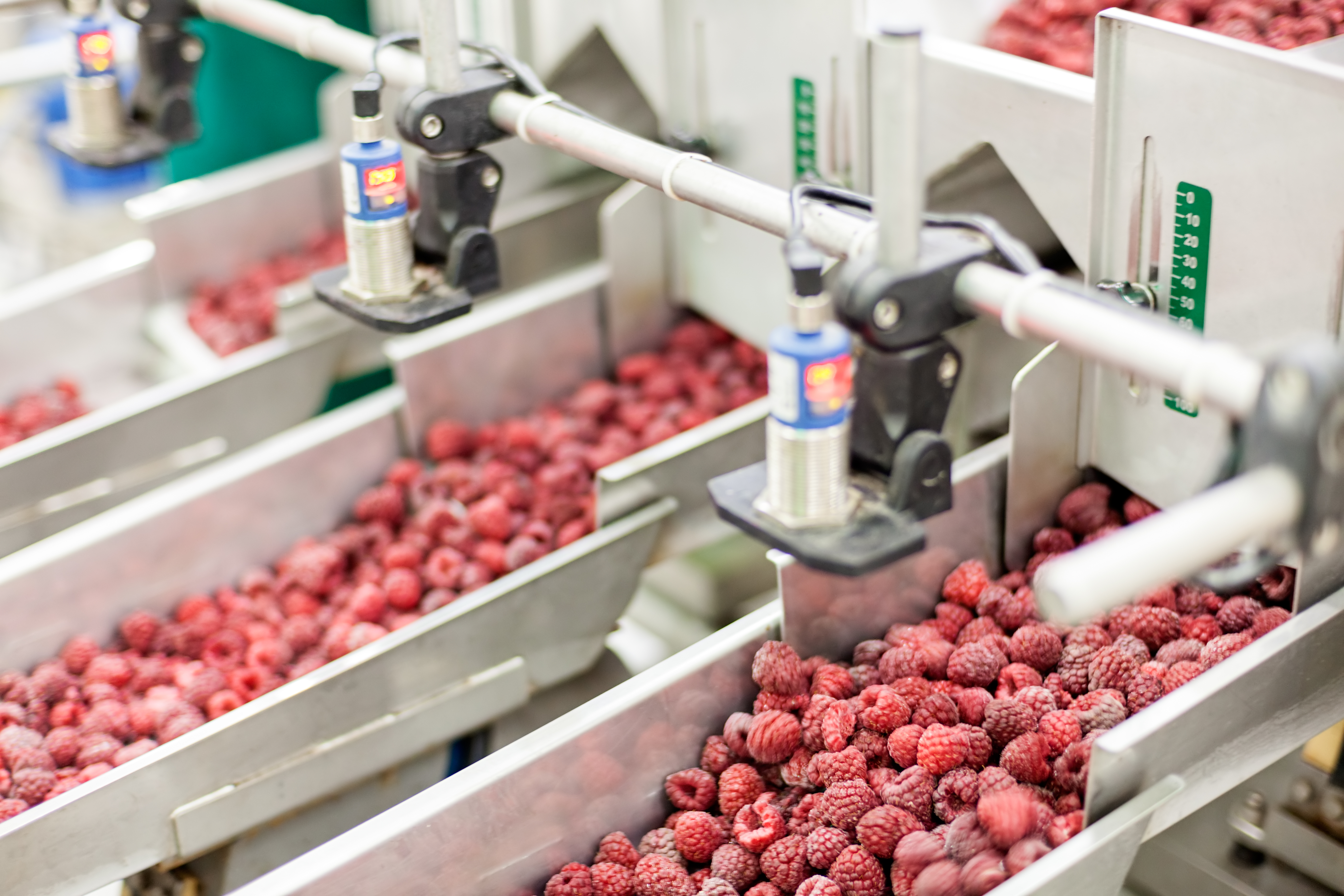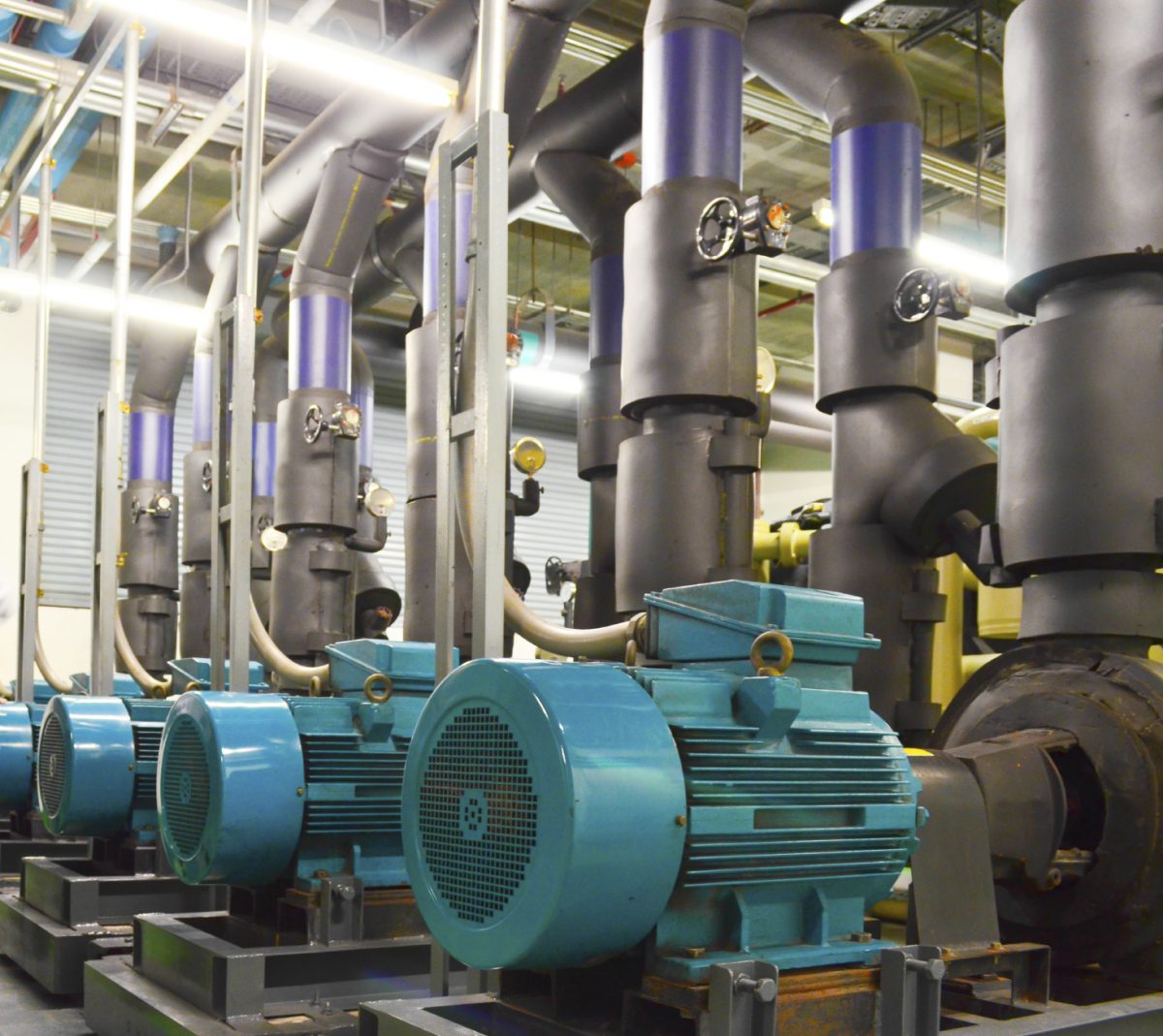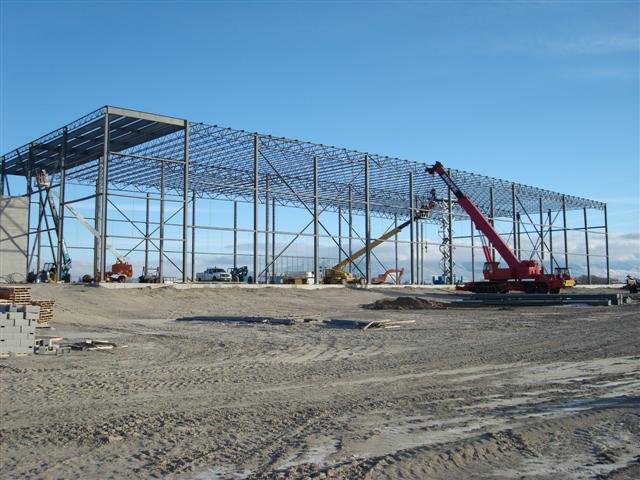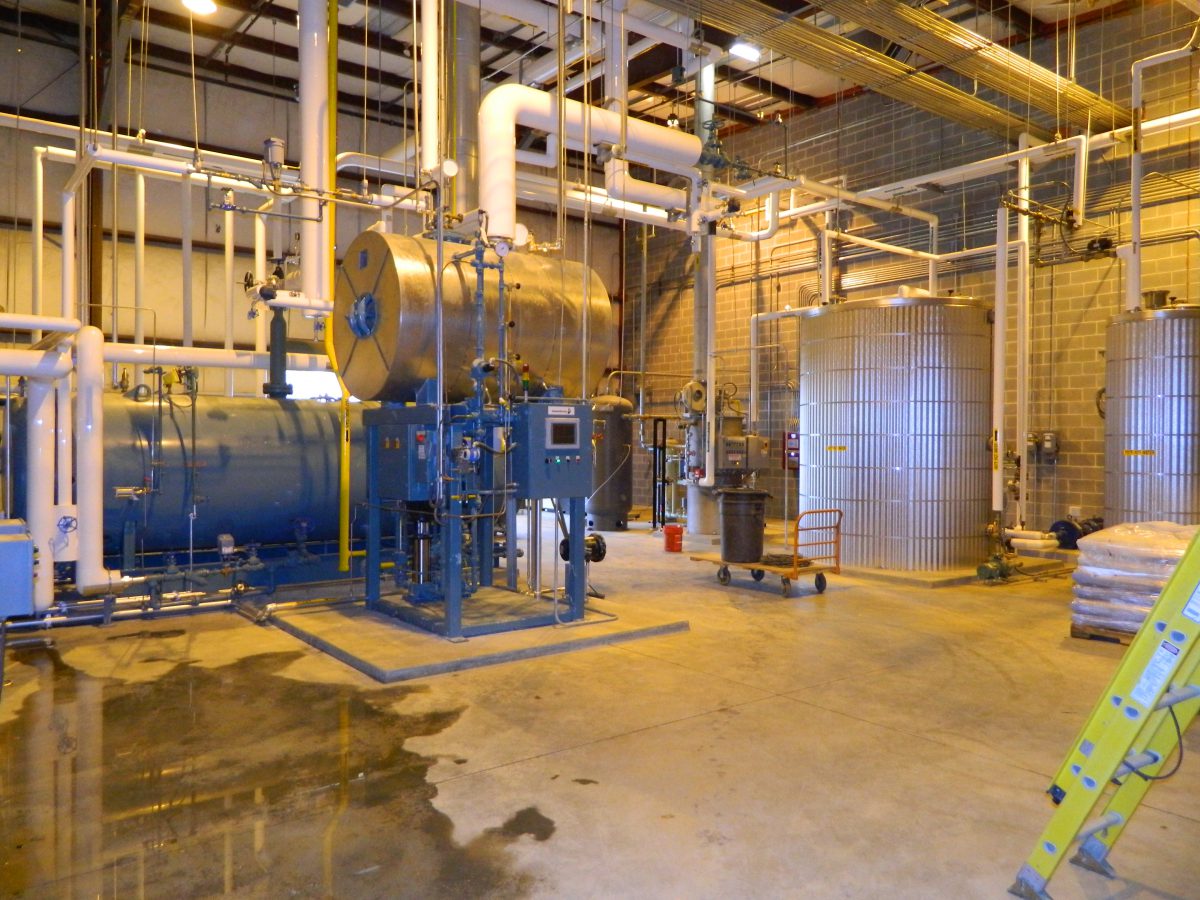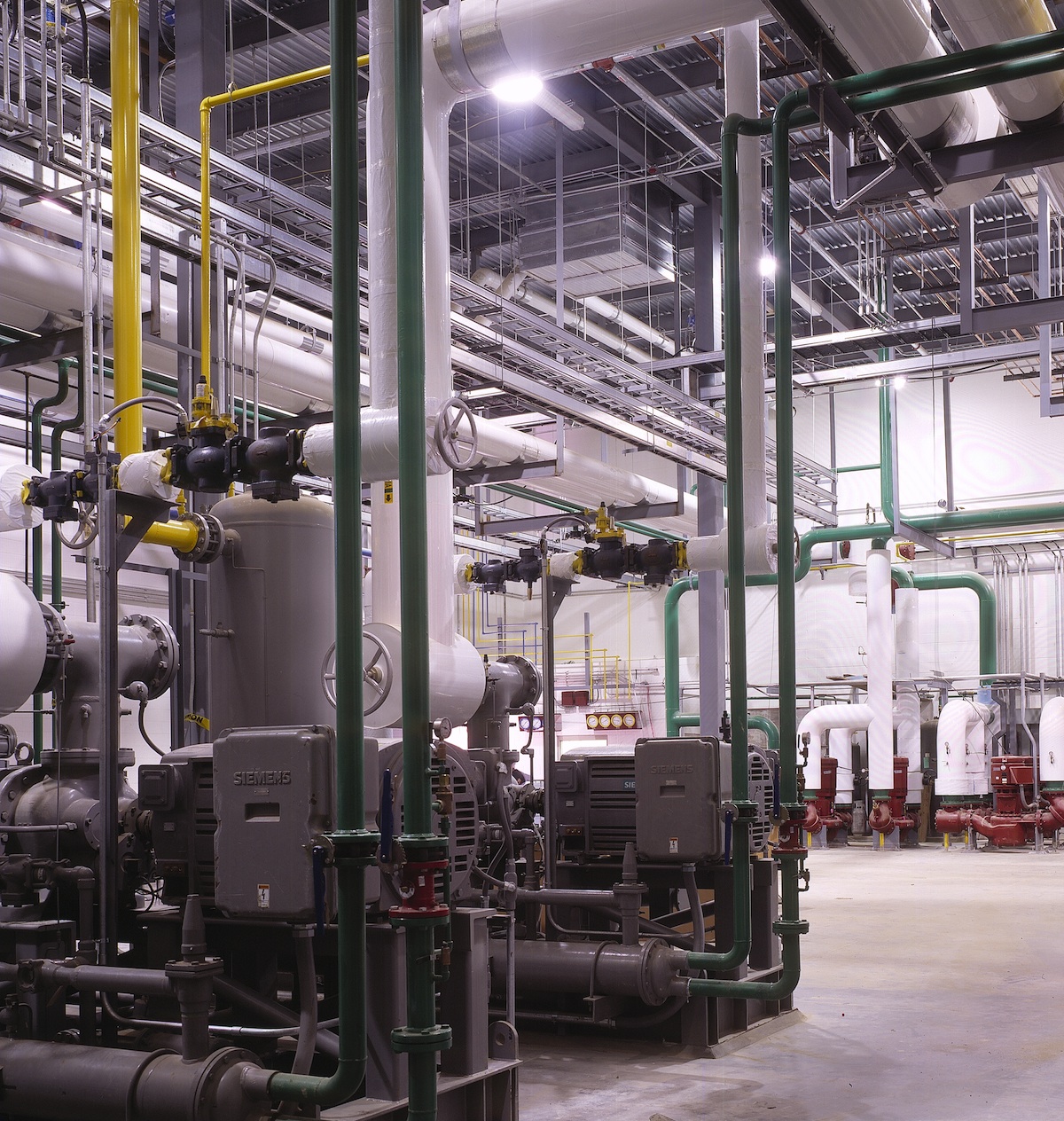Hydrovey Systems: 4 Things You Need to Know to Ensure Food Safety
Any time you transport product from one stage of processing to another, you introduce the possibility of food safety risks. There are a variety of ways to move your product from receiving to packaging, but how do you minimize the opportunity for outside contamination during the steps between?
Hydrovey systems are a popular option, particularly in facilities that produce canned goods. This semi-closed-loop system transports product through piping using a stream of water and can be a safer alternative to conveyor belts. I’ve designed hydrovey systems and have seen them used in the production of several food products, including fruit, corn and beans.
Continue Reading “Hydrovey Systems: 4 Things You Need to Know to Ensure Food Safety”





